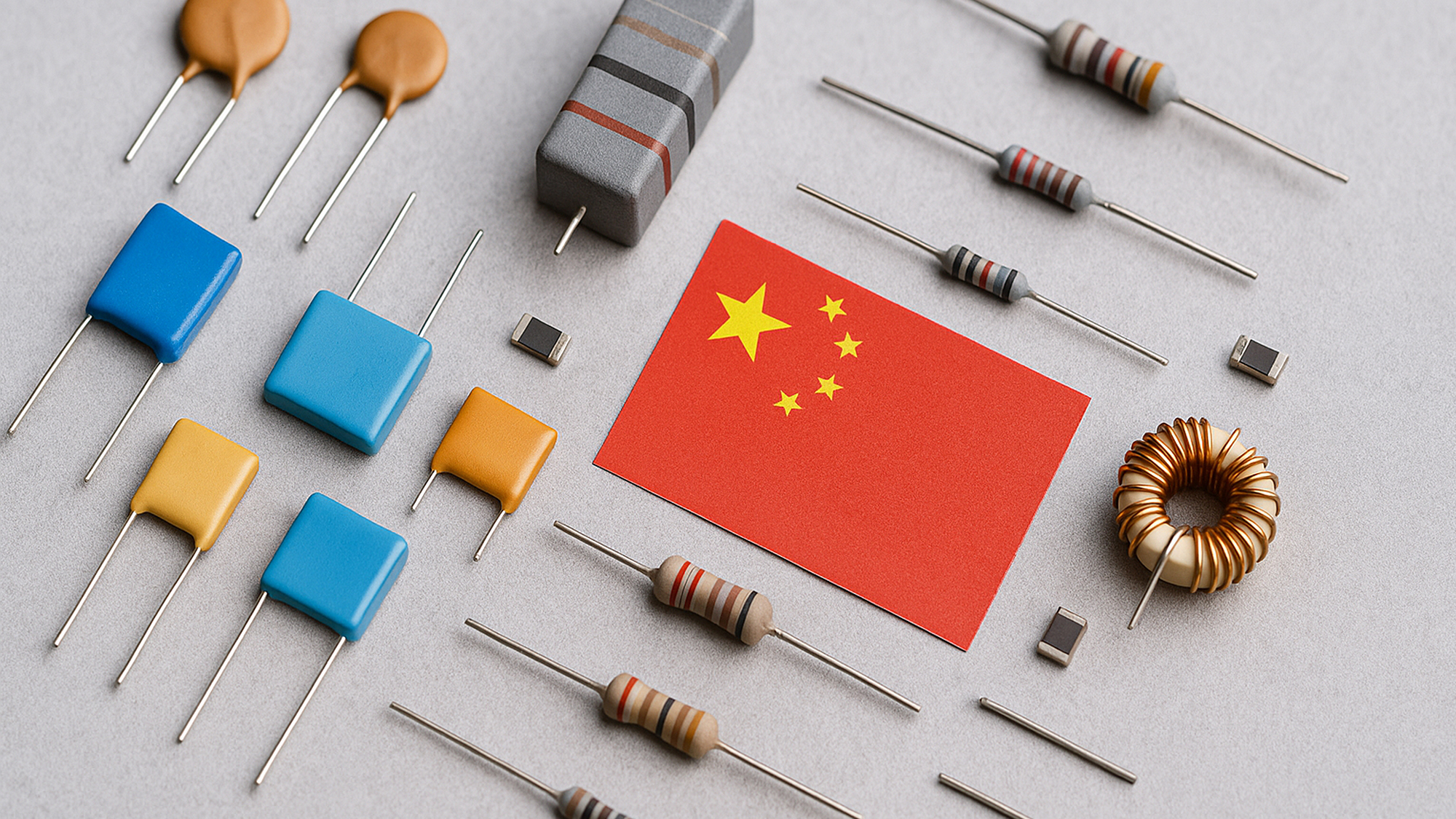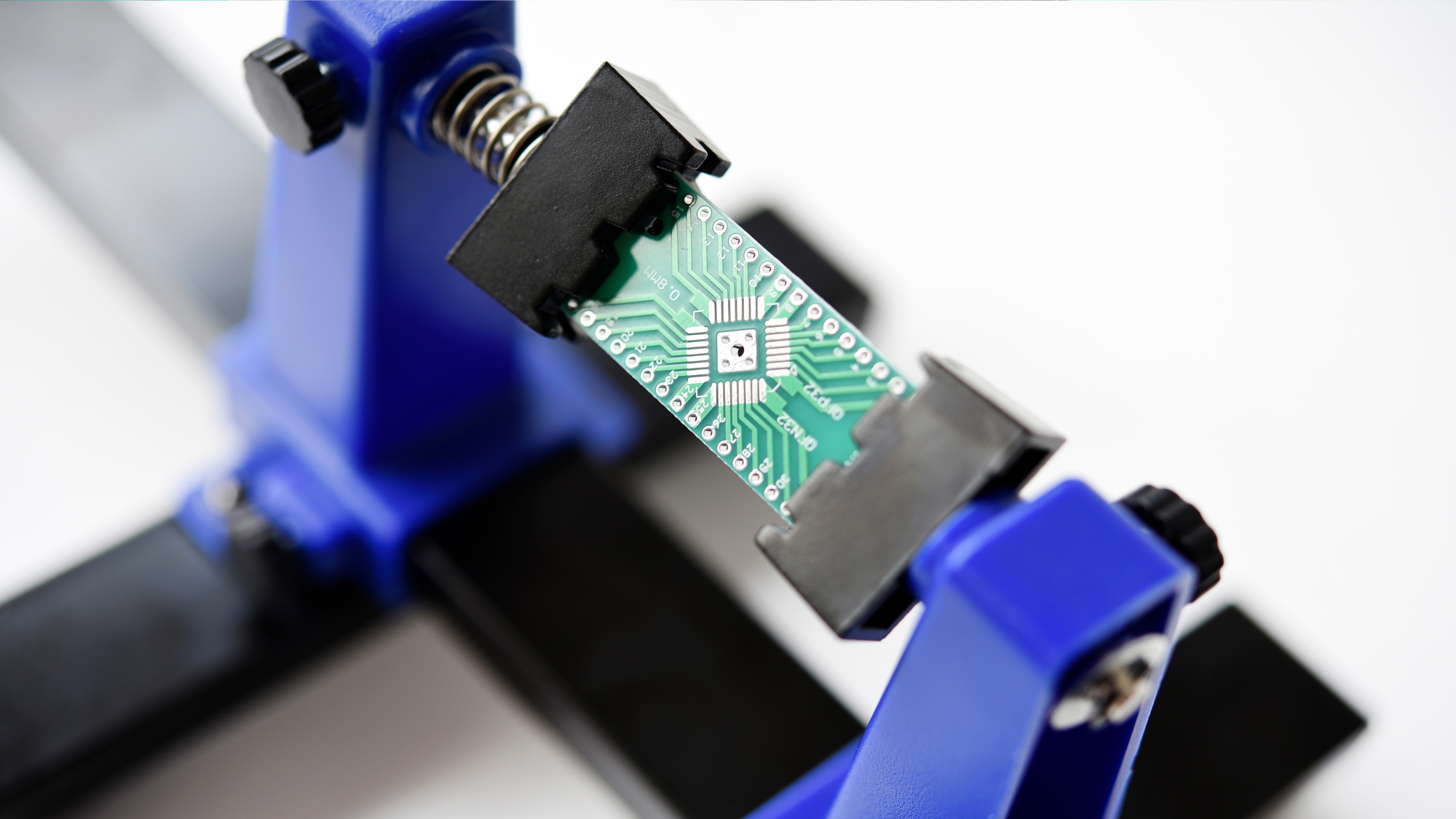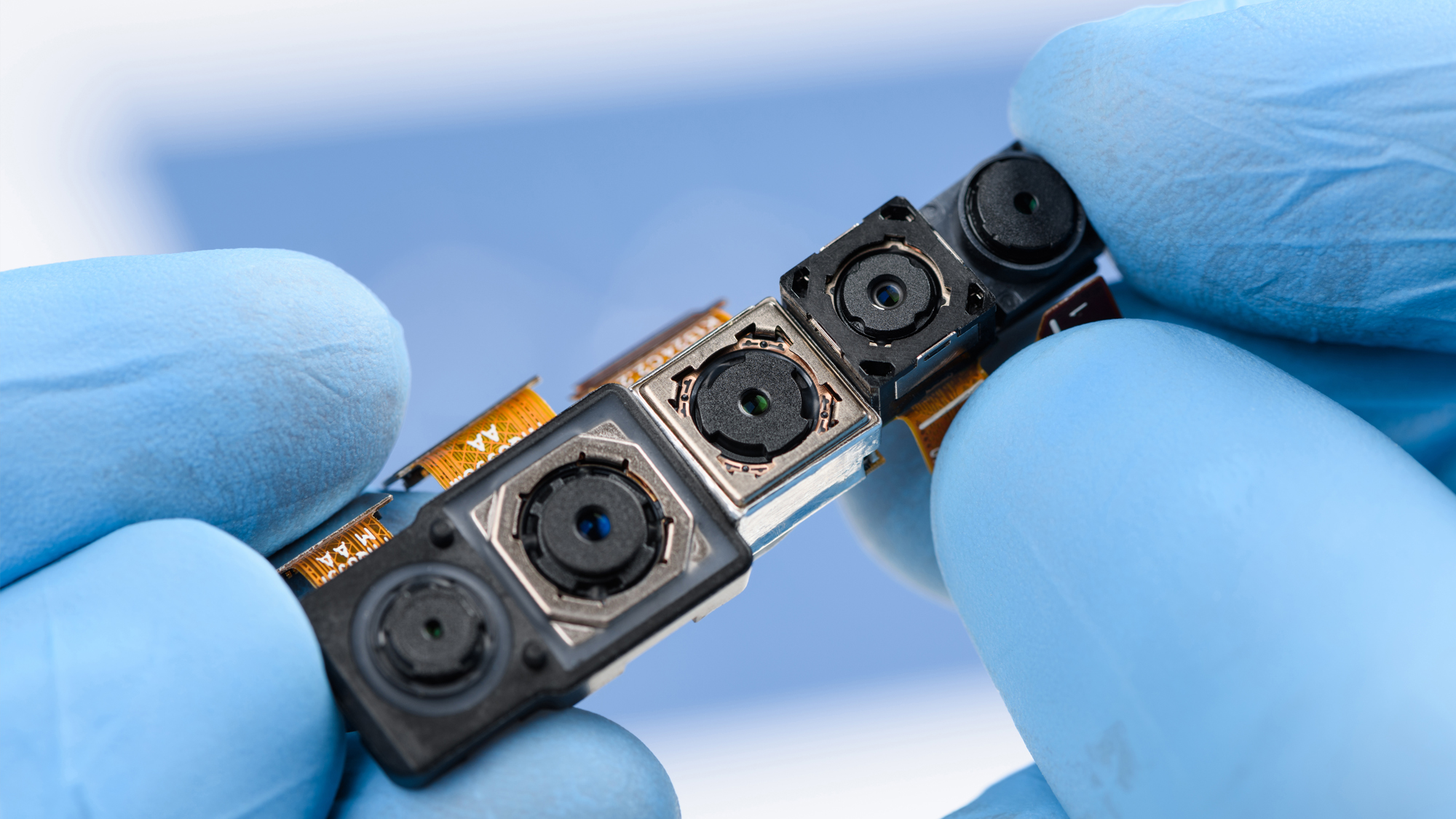China’s Growing Role in Passive Components
Passive electronic components (capacitors, resistors, inductors, transformers) may be low-profile parts, but they are essential in every circuit – and China has become a global heavyweight in their production. Over the past decade, many passive component supply chains have shifted or expanded to China, drawn by the large market and manufacturing base. As of 2024, China is not only the largest consumer of passives (thanks to its huge electronics assembly industry), but also a leading producer.
Key segments and players include:
Multilayer Ceramic Capacitors (MLCCs): MLCCs are tiny capacitors used in high quantities (hundreds per smartphone). China’s MLCC makers like Fenghua Advanced Technology (风华高科) and Chaozhou Three-Circle Group (三环集团) have scaled up significantly. Three-Circle’s revenue jumped over 30% in early 2024 amid strong demand. Meanwhile, Shenzhen Eyang Technology (宇阳科技), a fast-growing MLCC specialist, was honored as a national “Leading Electronic Component Brand” in 2024 for its innovation in capacitor manufacturing. These firms are expanding output and developing higher-capacitance and higher-voltage MLCCs to compete with Japanese giants (Murata, TDK).
Film and Electrolytic Capacitors: Faratronic (法拉电子), based in Xiamen, is a top maker of film capacitors, supplying industrial and green energy sectors worldwide. Aihua Group (艾华集团) specializes in aluminum electrolytic capacitors and has modernized production to deliver long-life, high-temperature caps used in LED lighting and power supplies. Both Faratronic and Aihua saw healthy growth in 2024, buoyed by trends like solar inverters and EV motor controllers requiring more passive components.
Resistors and Inductors: Uniroyal/Fenghua (through Fenghua High-Tech) produces vast quantities of chip resistors and networks, increasingly used in automotive electronics. Sunlord Electronics (顺络电子) is a notable Shenzhen-based maker of inductors, EMI filters, and RF passive components; it supplies inductive parts for smartphones, laptops and has a strong R&D focus on miniaturization. Another player, Chilisin Guangdong (part of a Taiwanese passive group), has significant inductor operations in mainland China, highlighting cross-strait integration in this sector.
Connectors and Discrete Devices: (Connectors are sometimes classed separately, but worth noting) Luxshare Precision (立讯精密) and Foxconn Interconnect (富士康连接) have massive connector/cable assembly operations in China, making board-to-board connectors, wire harnesses, etc., used globally. On basic discrete semiconductors (diodes, transistors) which complement passives, companies like Yangzhou Yangjie Electronic and Changzhou Galaxy produce billions of units per year in China, often unseen but critical.
China’s presence in passives has grown such that in commodity categories like general-purpose MLCCs or resistors, Chinese and Taiwanese makers together command a large share of the world market. High-end niche components (like aerospace-grade capacitors or ultra-precise resistors) are still dominated by Japanese, US, or European firms, but the gap is closing for most commercial and industrial-grade components.
Technology and Production Breakthroughs
Chinese passive component manufacturers have made significant strides in technology and scale:
High-Capacitance MLCCs: Not long ago, the most advanced MLCCs (for example, high-capacitance in small package) were only from Japan or Korea. Now, companies like Fenghua and Three-Circle have developed up to 100µF class MLCCs and are supplying for consumer and some automotive applications. Continuous process improvements in ceramic formulation and layer deposition have increased the reliability and consistency of Chinese MLCCs.
Miniaturization: Eyang and Sunlord have focused on miniaturized passives – e.g. 01005 size capacitors and inductors – catering to smartphones and wearables. Achieving stable production in such tiny sizes indicates a high level of precision manufacturing in China’s factories.
Automotive-Grade Components: Recognizing the EV boom, Chinese passive makers are pursuing AEC-Q200 certification for automotive-grade capacitors, resistors, and inductors. Several have succeeded, meaning their components can be (and are) used in car ECUs, ADAS systems, and charging units. For instance, Three-Circle Group supplies ceramic components for some EV power systems, validated to meet automotive reliability standards.
Output Scale: The sheer output from China is staggering. A single large plant (like Fenghua’s MLCC factory in Guangdong) can produce tens of billions of capacitors annually. This scale drives down unit costs and ensures capacity for large orders. Additionally, new factories are opening – often with local government support – to boost domestic supply and reduce import dependence. In 2023–2024, multiple projects for capacitor and resistor manufacturing expansions were announced in provinces like Jiangsu and Fujian.
Additionally, the passive sector benefits from China’s materials development. China is a major source of electronic ceramic materials, metals, and rare earths used in passives. Policies ensuring supply of nickel, tantalum, etc., and R&D in dielectric materials (for capacitors) help Chinese passive component producers remain cost-competitive and gradually move up the performance curve.
Integration into Global Supply Chains
Chinese-made passive components are already widely used in global electronics, sometimes transparently through distributors. For example, many consumer appliance or smartphone circuit boards contain Chinese resistors and capacitors, often branded with supplier codes that engineers outside China might not immediately recognize. Companies like Vishay, Yageo, Walsin (the latter two from Taiwan) have manufacturing in China as well, further blurring the lines of “Chinese” components.
Global procurement teams increasingly consider Chinese passive suppliers for second sources or cost-down alternatives. A common strategy is to qualify a Chinese capacitor or inductor as an alternate in a design that initially used a Japanese part, thus creating leverage on price and ensuring supply redundancy. In critical applications, buyers may run their own reliability tests on samples from Chinese suppliers – and many have found that top-tier Chinese brands meet the required specs for mainstream use.
One example of global integration: Apple’s supply chain reportedly included MLCCs from at least one mainland Chinese company for certain generations of iPhones, complementing Japanese sources. Similarly, leading multinational EMS companies (Flex, Jabil, etc.) procure passives from Chinese distributors in huge volumes, blending them with other sources to meet production needs.
Sourcing Tips: Getting the Best from Chinese Passive Suppliers
When sourcing passive components from China, consider the following best practices: ● Identify Reputable Brands: Focus on known Chinese brands that have a solid track record. Fenghua, Three-Circle, Sunlord, and the like are publicly listed companies with decades in business and global distribution. They are safer choices than unknown small factories. Check if the supplier has international certifications (ISO, AEC-Q, etc.) relevant to your needs.
Leverage Distributor Networks: Many Chinese passive components can be purchased via global distributors or their Hong Kong channels. Using a distributor can simplify logistics and ensure you receive authentic parts (avoid grey market risks). Distributors like Arrow, Future, and local ones like WT Microelectronics carry a mix of Chinese passive lines.
Sample and Test: Always request samples and conduct qualification testing, especially if the component is critical (e.g. a timing crystal or a tight-tolerance resistor). Chinese suppliers are usually happy to provide sample reels for evaluation. Test for parameters like capacitance drift, ESR, Q factor, etc., and perform stress tests (temperature cycling, etc.) to verify reliability against your requirements.
Consider Volume Pricing: Chinese suppliers excel at high volume, low cost. If you have a high-volume product, directly negotiating an annual supply with a Chinese manufacturer can yield excellent pricing. Many have tiered pricing where the cost drops dramatically at large quantities. Ensure you communicate forecasted demand to lock in capacity – this helps the supplier plan materials (for instance, allocating enough ceramic powder for MLCC production).
Monitor Trade Policies: Passive components typically haven’t been directly targeted by tech export bans, but tariffs could affect them (as with PCBs). Also, keep an eye on any Chinese export policies for raw materials (for example, China’s restrictions on certain metals like gallium could indirectly impact the cost of some RF components). So far, the passive component flow remains stable, but procurement should stay informed.
Buyer sentiment toward Chinese passive components has warmed as confidence in their quality grows. In fact, in some low-end segments, Chinese parts are considered the default and the question becomes whether a premium brand is truly needed. For high-end, it’s about slowly expanding trust – perhaps starting to use Chinese parts in non-critical parts of a circuit, then moving to critical ones after proven performance. The cost savings can be significant: Chinese MLCCs or resistors often come at 10–20% lower price for similar spec, which accumulates on a per-board basis.
Call to Action: Audit your current Bill of Materials for passives – are you sourcing exclusively from legacy suppliers out of habit? You could be missing out on quality alternatives from China that cut costs and diversify your supply. Reach out to a Chinese passive component manufacturer or authorized distributor to get sample kits. Evaluate their offerings in your lab. By qualifying Chinese passive components in your designs, you empower your supply chain with more flexibility and often a better bottom line. In the current electronics market, that’s a strategic advantage no procurement team should ignore.


